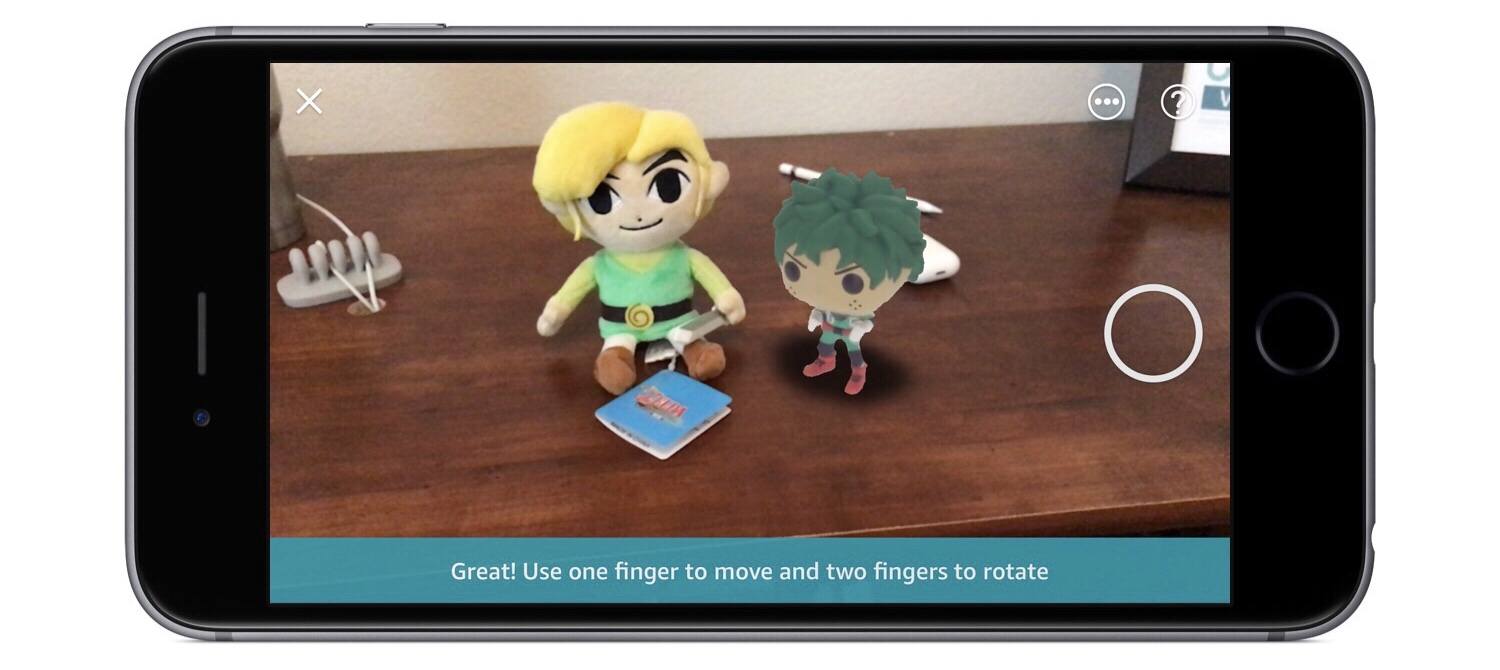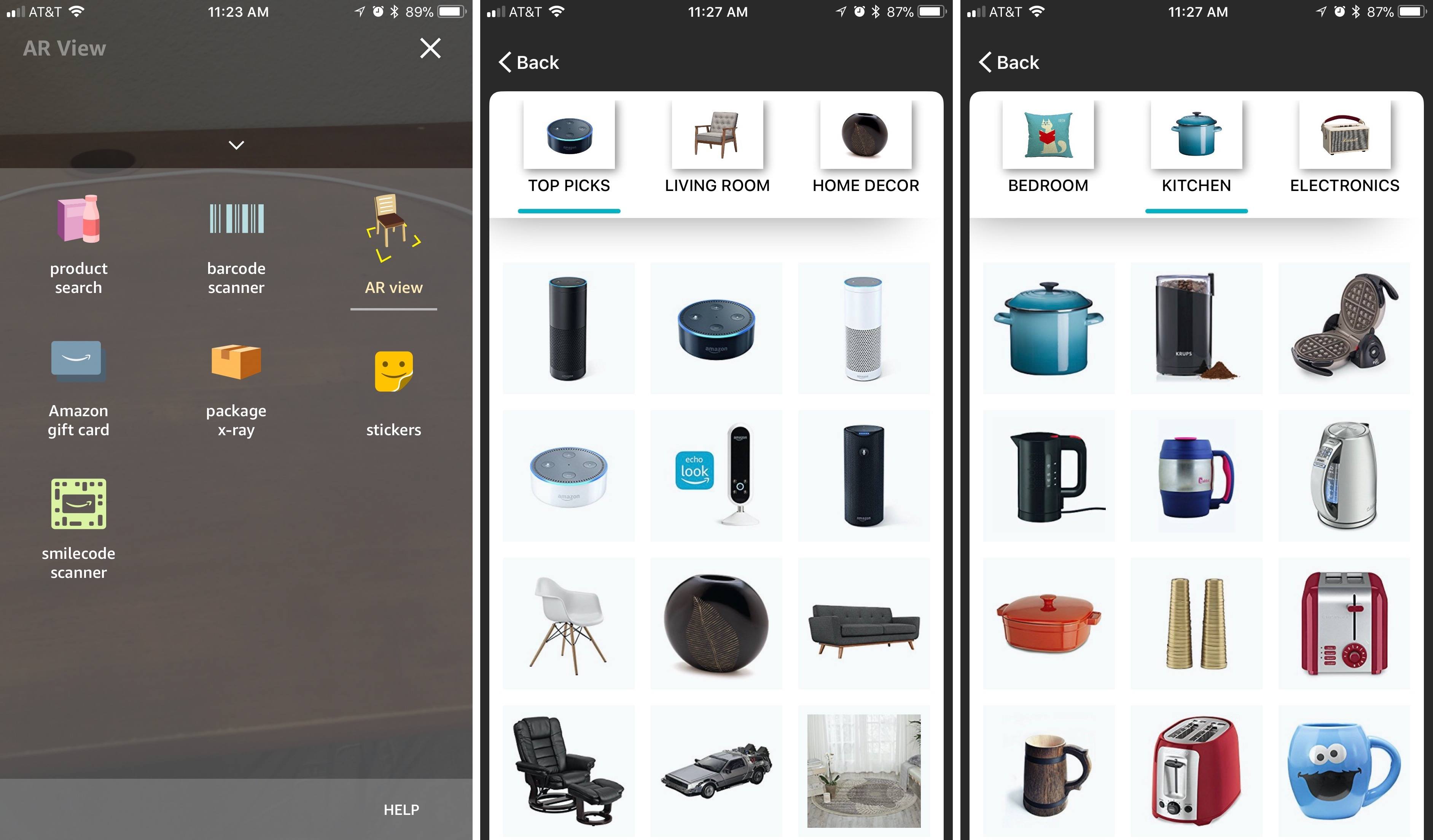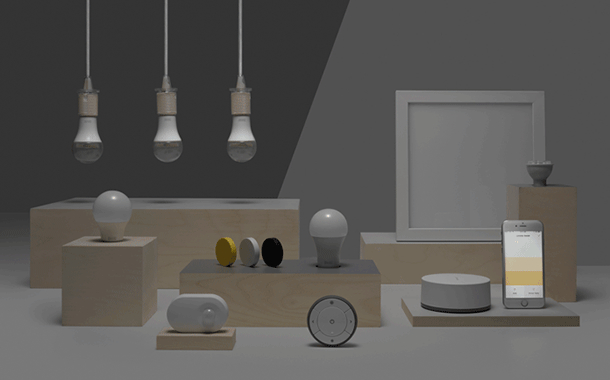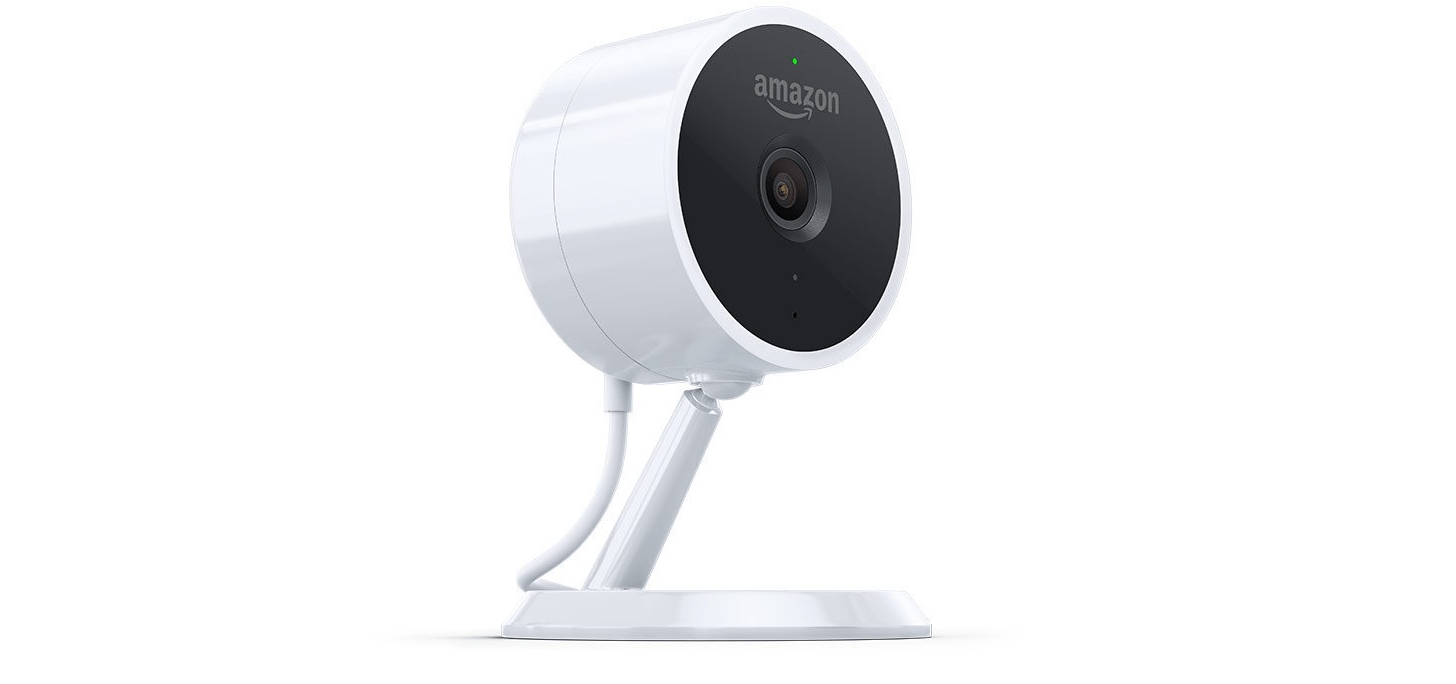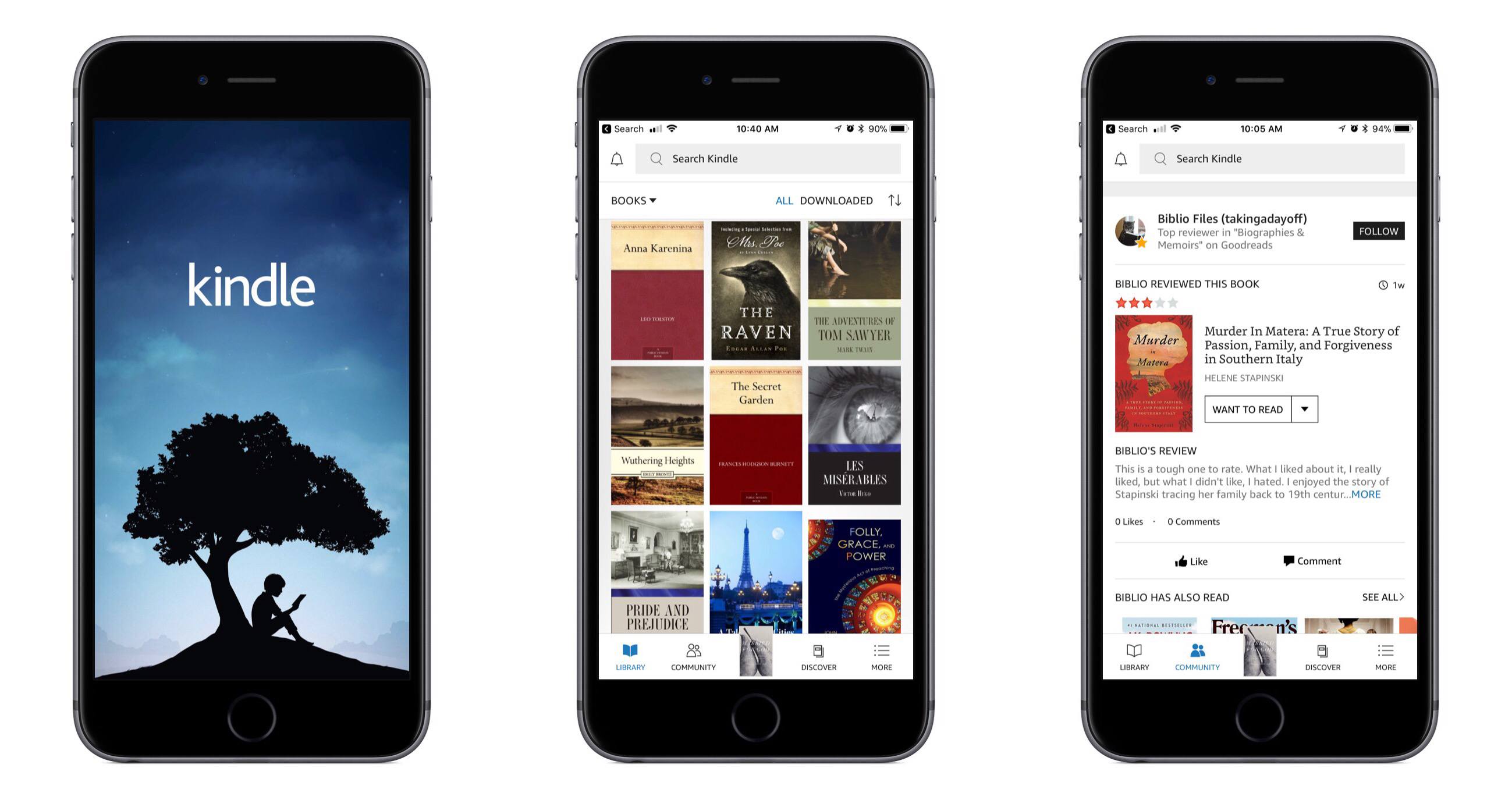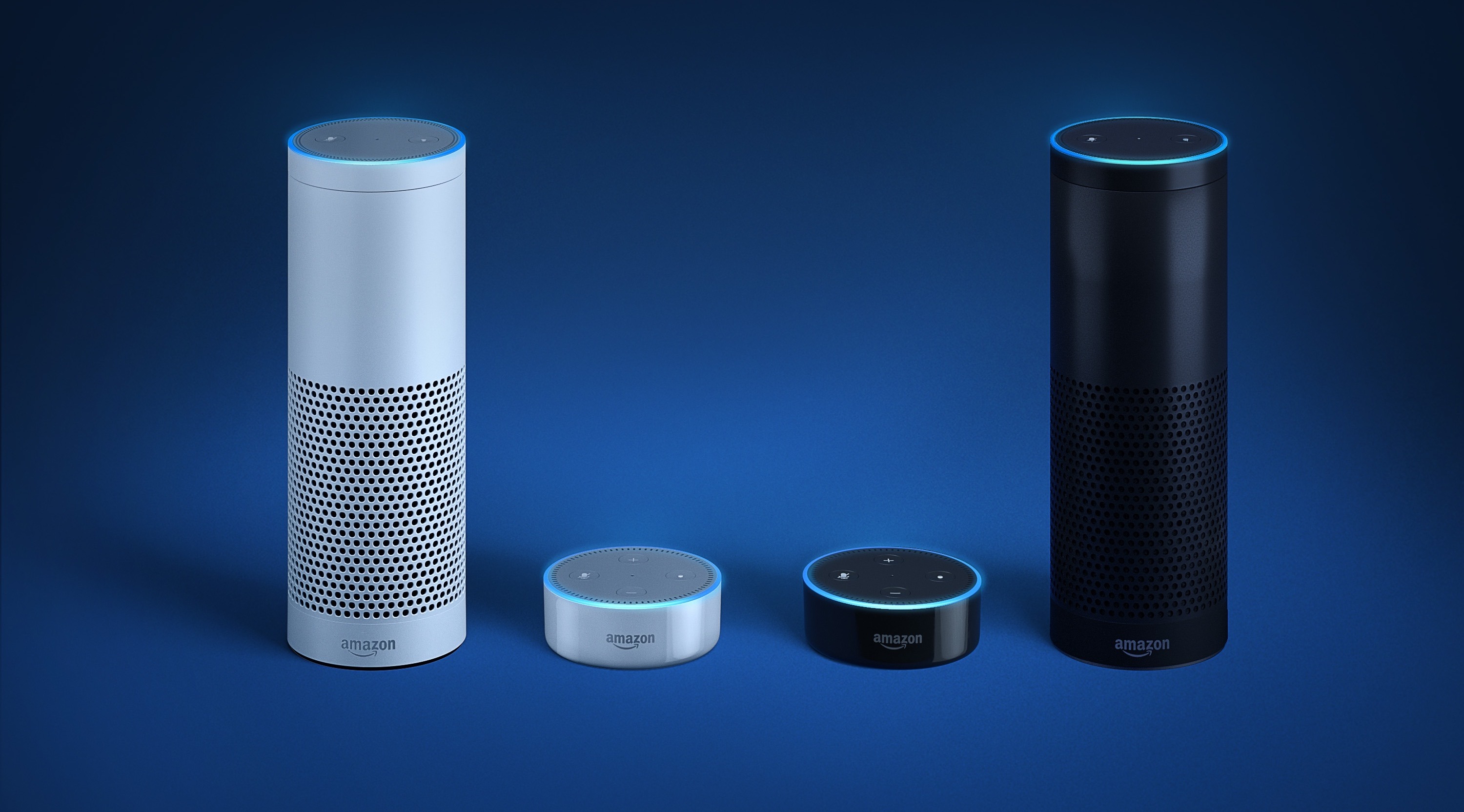In an update released for its iOS shopping app, Amazon has introduced a new way of viewing items from the online retailer: AR View. Built on Apple’s ARKit technology in iOS 11, AR View provides shoppers with a better understanding of how products will look when placed inside their homes.
AR View is accessed inside the Amazon app by tapping the camera button, then selecting AR View from the assortment of camera options. You’ll then get to browse through a limited selection of product categories, such as Living Room, Kitchen, and Electronics; there’s also a Top Picks section. Unlike the similar AR experience from IKEA Place, only one product can be previewed in Amazon’s AR View at a time. After placing a product in AR, you can move its position or rotate it, and pressing the button with three dots will take you to the full product page for initiating a purchase.
Amazon claims that thousands of items are available in AR View, but currently only a fraction of that estimate appears for me inside the app; we should except the number of AR-compatible items to grow over the coming holiday shopping season. It also wouldn’t be surprising to see AR View roll out to other parts of the app in the future, such that if you’re viewing the product page for an Amazon Echo, for example, there will be a button that allows you to instantly view the item in AR.
Today’s version of AR View is a first step toward enhancing the Amazon shopping experience with AR. There’s plenty more work to be done, but it’s exciting to see a glimpse into how transformative AR can potentially be for online shopping.


